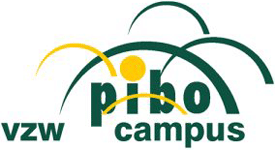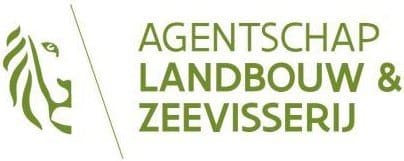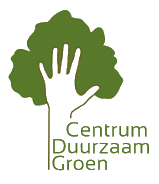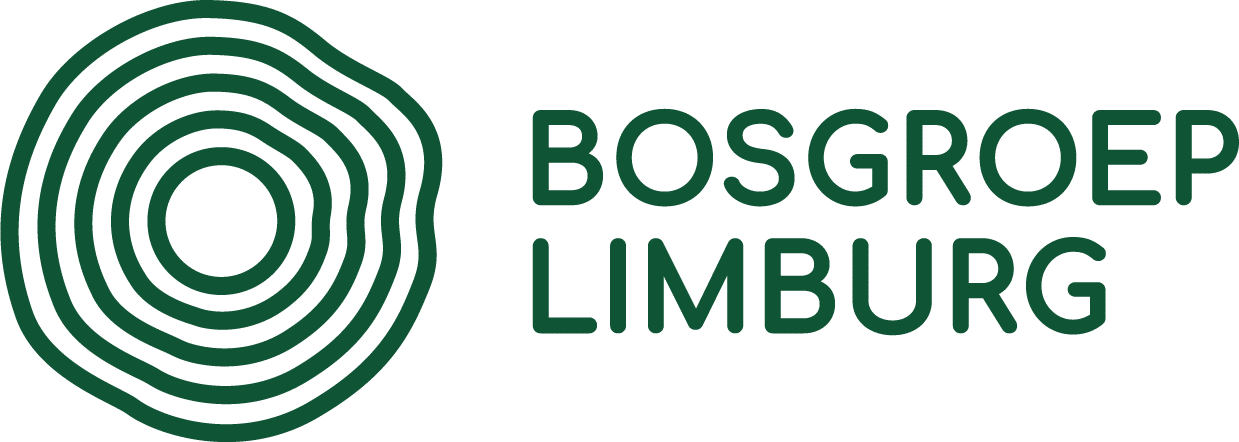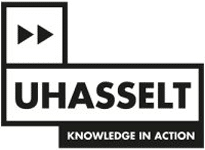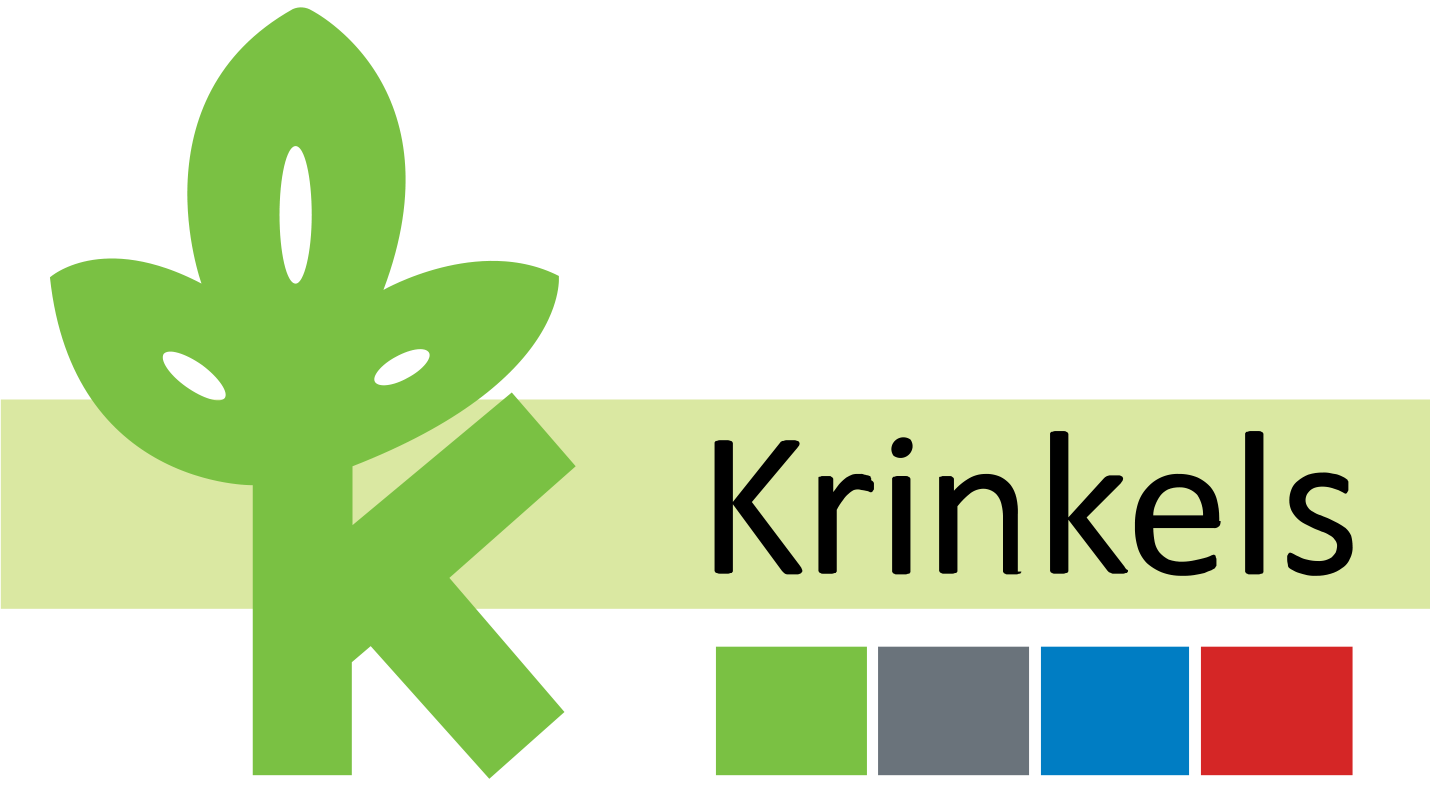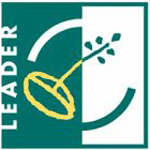The countryside is described as 'rural area' or the area where villages, fields, arable land, meadows and nature alternate. What makes the countryside unique is the biodiversity that is clearly less present in urbanised areas. Such biodiversity is extremely important for our environment, agriculture and the rural experience. In this, weeds are becoming an increasing and more difficult problem to tackle. Certainly the typical problem weeds such as knolcyperus, thorn apple, Japanese knotweed, jacobweed and giant hogweed often overgrow other native plants or are even poisonous and pose a direct danger to humans and animals.
Despite the great influence they can have, there is still a lot of ignorance and often a lack of knowledge to distinguish between plants that are not a problem and those where control is highly necessary. The fact that the removal of certain plants also requires additional personal protection is also unknown.
The fight itself is not always obvious either. The efforts needed to further contain future problems are enormous and require the cooperation of everyone who participates in rural areas. However, the way that the problem is tackled will be diverse (manual/machinery, with or without plant protection products, ...)
With this project, we want to take an important initiative and make maximum efforts to collectively keep these problem weeds manageable. Therefore, by setting up a campaign aimed at 3 different target groups, the aim is to increase knowledge and raise awareness of the dangers in order to achieve actions on the ground.
A first target group is private individuals who are not always aware of the problem but often show great commitment to increasing biodiversity (e.g. flower meadow, don't mow May, ...) By raising awareness about problem weeds, and mobilising them to properly remove these weeds from their gardens, we are already trying to take important steps in depriving risicos of spreading.
The second target group includes green services, horticultural businesses and nature organisations. These are important actors who help shape our countryside. They work across the area and maintain larger areas compared to private individuals. So, with expertise, they can make a real difference. Alerting them to the consequences of problem weeds and obtaining a targeted control is the main goal within this target group.
In addition, attention to personal protection is certainly not unimportant.
As a third target group, we aim at farmers. Their activities in the fields are aimed at being and remaining economically profitable. Naturally, good soil quality and a minimum of yield-reducing factors play a major role in this. One of these factors are
(problem) weeds that not only affect yield but can also have an impact on livestock health. Furthermore, the government described conditions regarding certain problem weeds (e.g. cultivation ban of tuberous and bulbous crops in case of infection with tuber cyperus) and also some buyers (e.g. in vegetables) impose requirements on the plot that make the presence of certain problem weeds may lead to crop cancellation.
With this, the number of crops that can be included in a crop rotation will also shrink what brings about a decline in biodiversity.
Intensive soil operations and the dispersal of plots on a farm however, significantly increases the probability of spreading. Specifically for Haspengouw Southeast is knolcyperus a weed that urgently requires more attention and thus requires additional highlighted. We therefore strive to avoid further spread, better inventory of issues at plot level and a targeted Suppression/control of tuber cyperus in fields.
Often the area where the problem with one (or more) problem weed(s) appears to be manifests so large that inventory with the naked eye is impossible. This is true in the Particularly for those areas where farmers, green services, horticultural and nature organisations are active. We would like to introduce them to the opportunities offered by drone technology has to offer. In addition to a quick assessment of a large area, it can, after processing the images, a map indicating the problem areas can be obtained. This allows allow to work in a very targeted way according to the 'best available technique' For both a common control technique (e.g. Pesticides) as an innovative control technique (e.g. Steaming), a site-specific task map with GPS coordinates is provided which minimises its impact on the environment.

